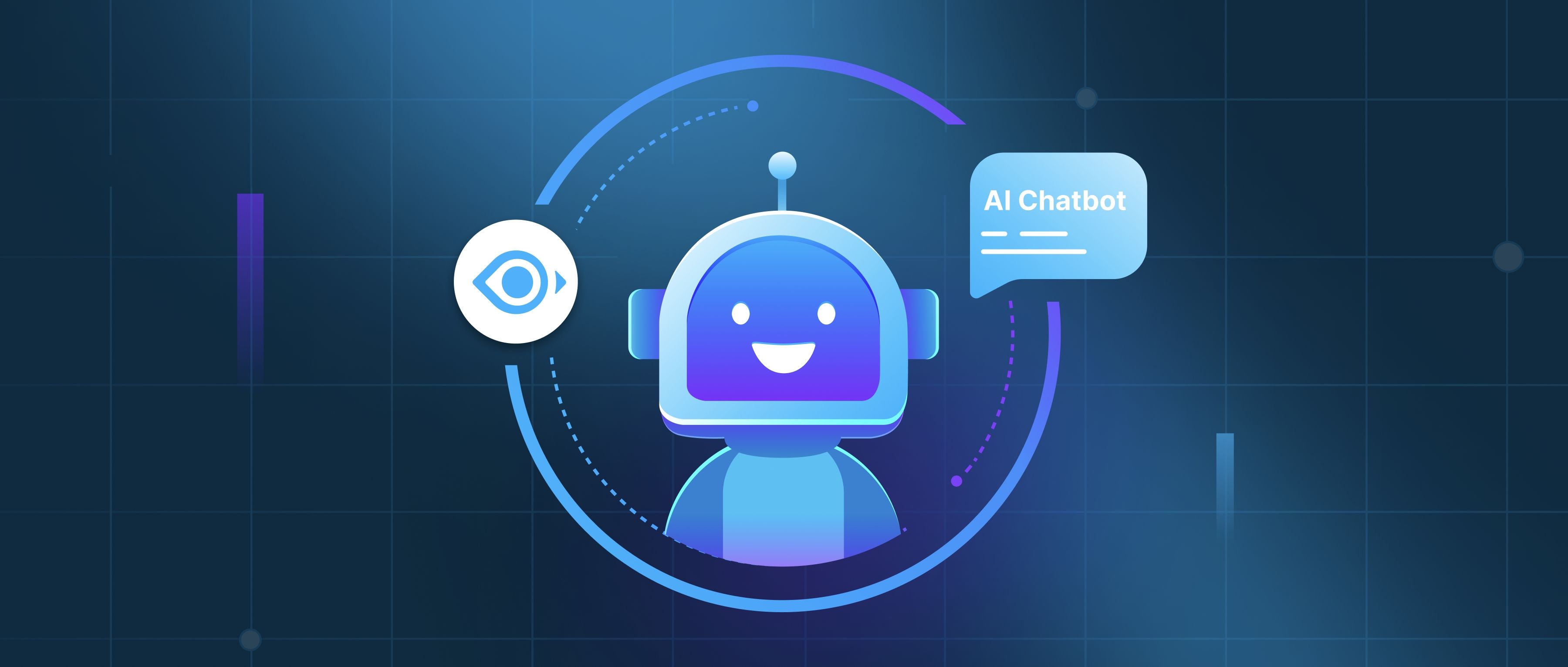Acceleration methods can significantly enhance real-time generation by optimizing the speed and efficiency of data processing and delivery. These methods include techniques like caching, parallel processing, and algorithm optimization. By implementing these strategies, developers can reduce latency, allowing for quicker responses in applications that require immediate feedback, such as gaming, interactive simulations, or live data analysis.
For instance, caching frequently accessed data helps minimize the time it takes to retrieve information by storing it in a readily accessible location. This is crucial in scenarios like web applications where users expect instant page loads. Developers can use tools such as Redis or Memcached to set up a caching system that stores user sessions or frequently requested resources. This approach not only speeds up access time but also reduces the load on the central server, enhancing overall performance.
Another effective method is parallel processing, where tasks are distributed across multiple processors or cores, allowing them to be executed simultaneously. This can be particularly beneficial in machine learning applications, where models can be trained on different subsets of data at the same time. By using libraries like TensorFlow or PyTorch, developers can take advantage of multi-threading capabilities. In doing so, they can significantly cut down the time required for model training or data processing, leading to faster real-time generation and a smoother user experience.
